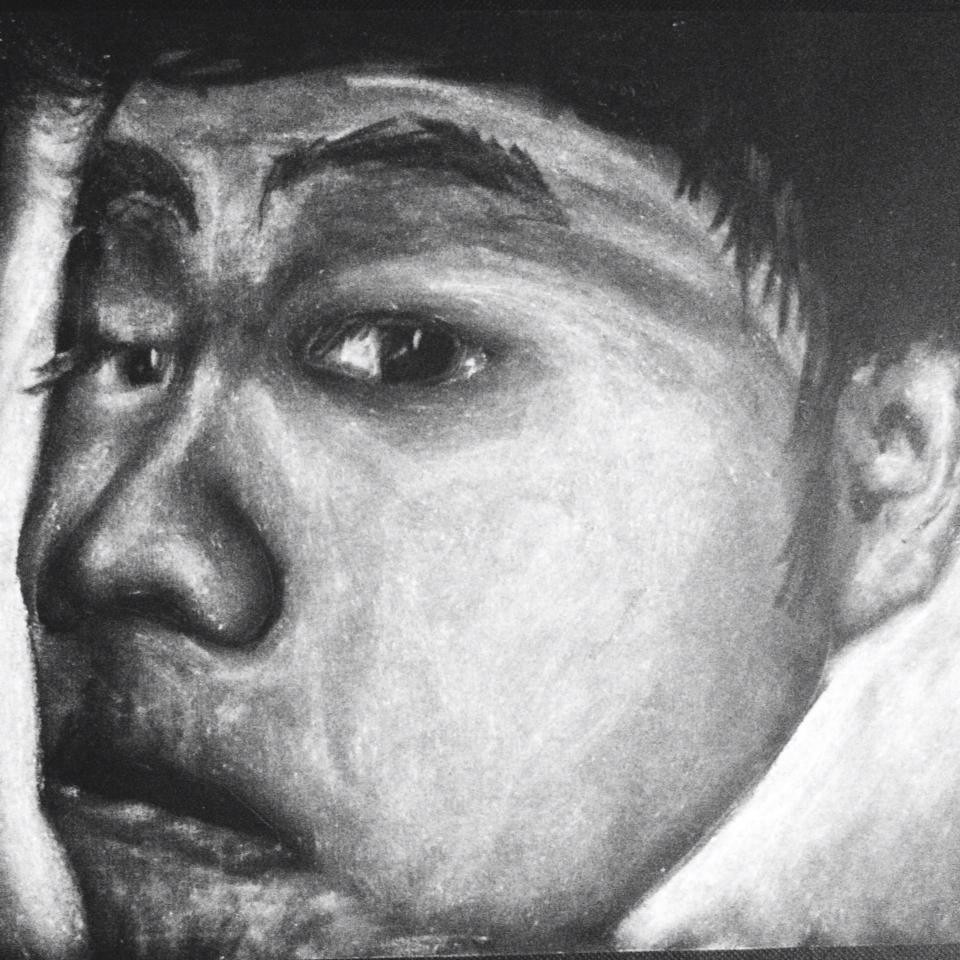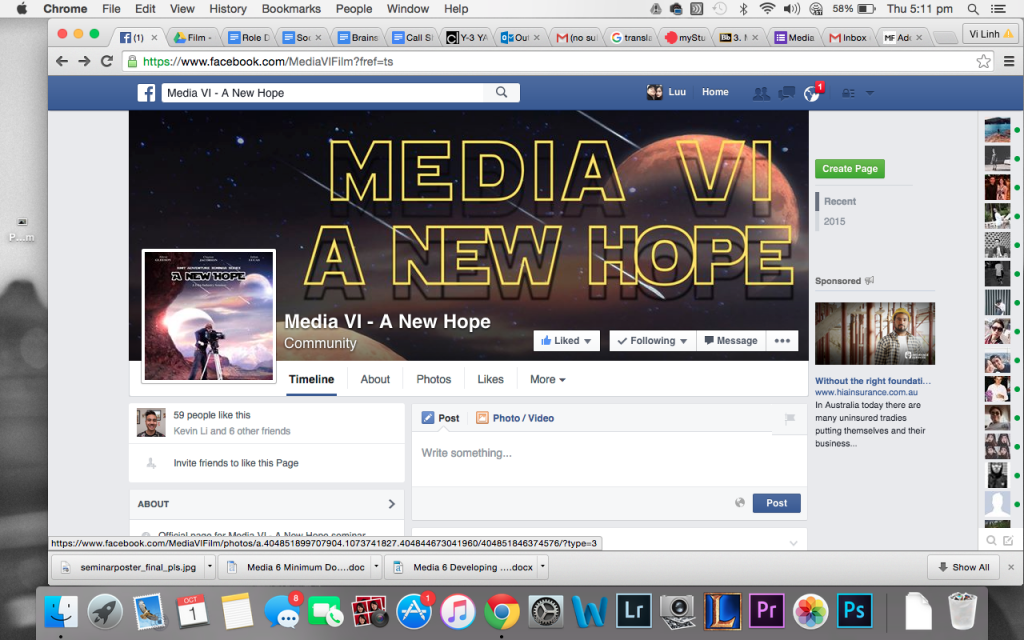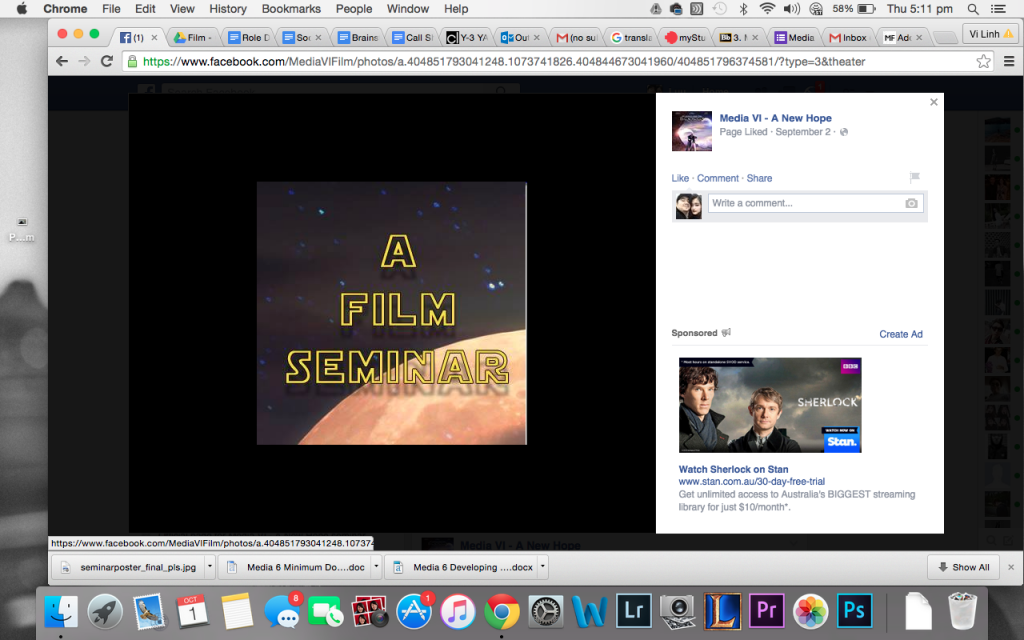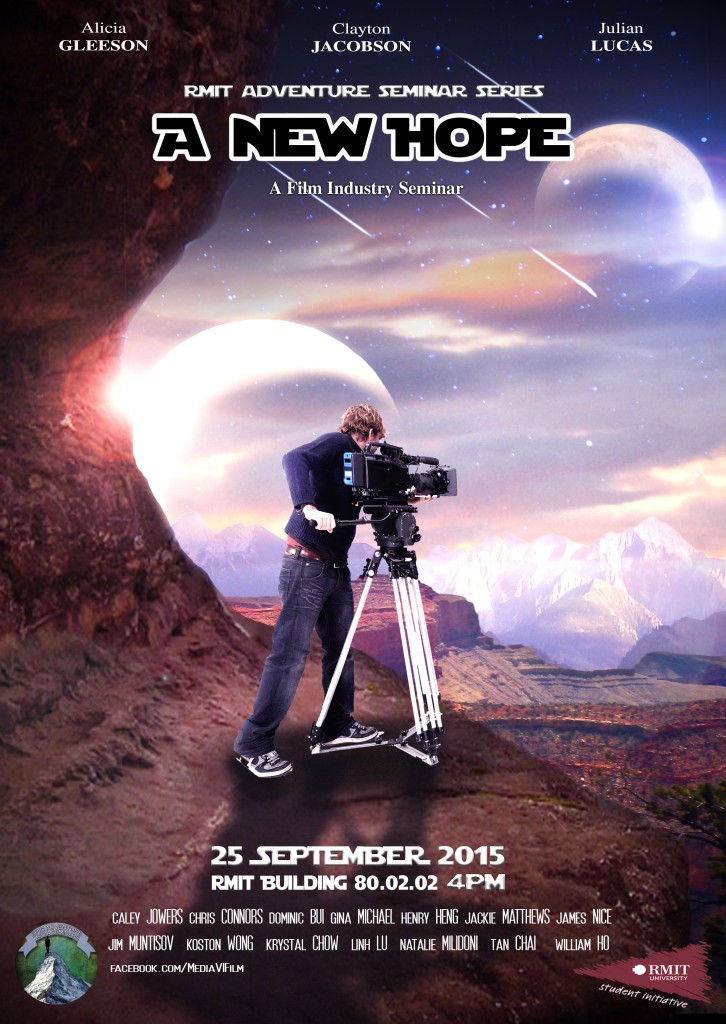Name : Linh Luu
S3387253
BRIEF 2
In this task we sort to find out what is wayfinding and how it works in a variety of contexts. We are looking at ways in which place is represented through different APPS relating to maping and wayfinding.
Specifically, we have narrowed down to 3 certain apps : Lost on Campus, RMIT Map ( belongs to Lost on Campus ) , and RMIT Map2 ( developed by Yichi Zhang ).
Together we looked at over fifty references, explaining why a platform such as mobile’s apps is playing such important role in wayfinding, especially in this extremely developed and depended on technology society. We also researched closely at the process of app making in two different platforms which are ISO and Androids, the software that they use, the expectations and needs of users when downloading a wayfinding app and the geographic information system.
I personally had an interview with the RMIT Map app ( developed by Yichi Zhang ) team, including the 2 supervisors and the developer.
The first reference we looked at was 1Cresswell, Tim (2015) Place – An Introduction, Wiley, UK, in this book Cresswell stated “fusion of mapping software with social media software” (page 3 ) that not only provides information about a certain place, but also the linking of data between people, places and things. The remarkable rise of mapping software with social media software – mostly mobile applications, as Cresswell mentioned, has enabled new level of augmented place. This has lead us to look at how apps nowadays affect people lives, especially wayfiding apps. We examined RMIT Map app and not only it shows users RMIT campus map but also updates users current location and automatically shows it on the map, then directing users to selected location (buildings, landmarks,etc ). And that represents the merging of Geographic information system (GIS ) and social media apps , which is also the second reference, to understand more about GIS and how it affects the mapping system.
“A Geographic Information System or GIS is a computer system that allows you to map, model, query, and analyze large quantities of data within a single database according to their location.” – 2How We Use Data in the Mid-Atlantic Region | US EPA. 2015. The article explains clearly what is GIS and how does it work and how it has become so big in our society. GIS can show many different kinds of data on one map. This enables people to more easily see, analyze, and understand patterns and relationships. Also, in 3GIS (geographic information system) – National Geographic Education. 2015. GIS (geographic information system) – National Geographic Education. [ONLINE] Available at:http://education.nationalgeographic.com.au/education/encyclopedia/geographic-information-system-gis/?ar_a=1. [Accessed 26 March 2015], states that GIS can use any information that includes location. The location can be expressed in many different ways, such as latitude and longitude, address, or ZIP code. The system can include data about people, such as population, income, or education level. The interactive maps you view on a phone or the Internet use GIS technology. Using Google Maps, people can add traffic information to road maps or view satellite images of their town or neighborhood. And that’s how the map apps function as well, as GIS plays a crucial role in processing the apps.
We also wanted to understand more about Wayfinding, and as in 4 “RMIT Central Authentication Service. 2015. RMIT Central Authentication Service. [ONLINE] Available at:https://equella.rmit.edu.au/rmit/file/d8ceb3ec-487d-49b8-b88f-5e766d2489a3/1/150219_3_023.pdf. [Accessed 26 March 2015].” , defines it as the process of using spatial and environment information to navigate to a destination. Wayfinding involves 4 stages: Orientation, which refers to determining one’s location relative to nearby objects and the destination ; Route decision refers to choosing a route to get to the destination ; Route monitoring refers to monitoring the chosen route to confirm that it is leading the destination; Destination Recognition refers recognizing the destination. These 4 stages apply exactly to the process of MAP’s applications on different platforms.
“Make your app work with others. Full integration with the host platform helps users feel at home with any application and lets applications interact and exchange data”, said Esposito– 5 Esposito, D. (2012). Metro app design principles. InformationWeek, (1338), 34-35. Retrieved from http://search.proquest.com/docview/1038004707?accountid=13552. So not only just showing only a campus map, these apps let users exchange info and data with other users, setting their favorites routes and places, such as coffee shops, dropping pin at smoking area, etc. “the heritage trail, sustainability trail provide information about the buildings which may be of interest to people. Other information people might want would be coffee shops and bike parking. We thought about academic information, but decided that would be too specialised and might make the app slower, and people could perhaps build that themselves as their favourites”, said Dr. Maria Spichkova, Computer Science & Info Tech, RMIT, RMIT Mapp app supervisor
After interviewing Margaret Hamilton- Associate Professor,
School of Computer Science and Information Technology
RMIT, one of the supervisors of the RMIT Map app, we got to know the process of making the app and almost everything about the project. 6“It was a summer project, presented by Margaret Hamilton and Maria Spichkova – we had thought of it during a workshop on sustainability and public transport held at RMIT with Linda Stevenson who also had lots of ideas about what should be in the maps. “
Futhermore, there are different groups in an app design project, which are Core group, Advisory group, and 2 Co-desgin group events 7(Sangiorgi, Daniela, and Meroni, Anna. Design for Services. Farnham, Surrey, GBR: Ashgate Publishing Ltd, 2011. ProQuest ebrary. Web. 26 March 2015) .
Additionally, mobile platform development has lately become a technological war zone with extremely dynamic and fluid movement, especially in the smart phone and tablet market space. Through 8 Sumi Helal, 2012. Mobile Platforms and Development Environments (Synthesis Lectures on Mobile and Pervasive Computing). Edition. Morgan & Claypool Publishers, we came to understand more about the three currently dominant native platforms – iOS, Android and Windows Phone and the basic process of making the apps. For example, the Android operating system produced by Google has over 70,000 apps available, while the iOS 4 system used by the Apple iPhone has over 200,000. 9(Poyntz, N. (2010). Tapping in to the past. History Today, 60(10), 29. Retrieved from http://search.proquest.com/docview/760963539?accountid=13552
http://search.proquest.com/docview/760963539?accountid=13552
). And according to Yichi Zhang, the developer of RMIT Map app, “Those who won scholarships were given the list, and the 3 of us selected it, and decided it would be for iPhone. We approached Linda Stevenson to fund a separate scholarship for the Android version. Once the maps and building coordinates were sorted out, we worked in two separate projects really – android and IOS are so different and complicated.“
In conclusion,
Reference List :
- Cresswell, Tim (2015) Place – An Introduction, Wiley, UK, in this book Cresswell stated “fusion of mapping software with social media software” (page 3 )
- How We Use Data in the Mid-Atlantic Region | US EPA. 2015.
- Dr. Maria Spichkova, School of Computer Science and Information Technology, RMIT, RMIT Map app supervisor.
- Margaret Hamilton- Associate Professor,School of Computer Science and Information Technology,RMIT,RMIT Map app supervisor
- Sangiorgi, Daniela, and Meroni, Anna. Design for Services. Farnham, Surrey, GBR: Ashgate Publishing Ltd, 2011. ProQuest ebrary. Web. 26 March 2015) .
- Sumi Helal, 2012. Mobile Platforms and Development Environments (Synthesis Lectures on Mobile and Pervasive Computing). Edition. Morgan & Claypool Publishers,
- Yichi Zhang, Developer of RMIT Map App ,Student Service – Study & Learning Centre , RMIT.





